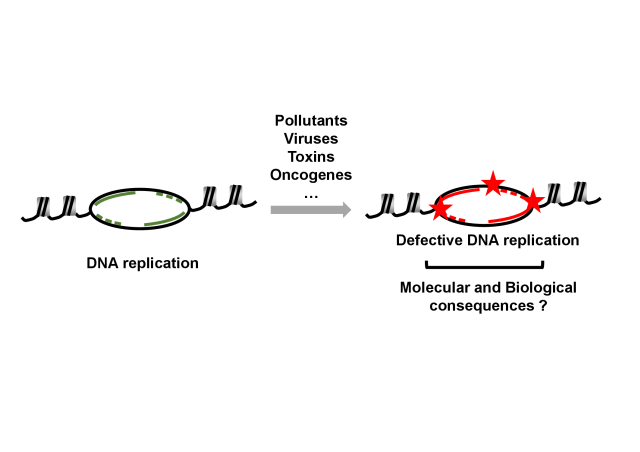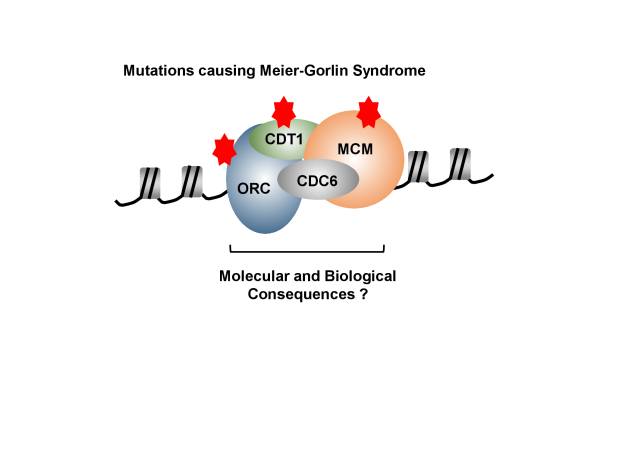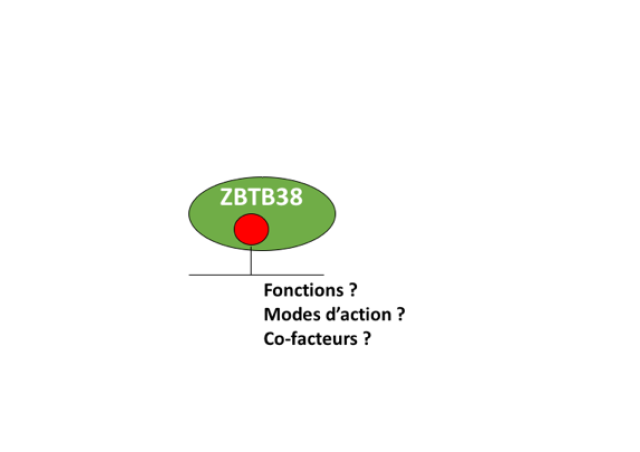Members
Project
The binding of the ORC complex, composed of the ORC1-6 subunits, to chromatin establishes the position of replication initiation sites in the human genome. Its binding to chromatin at the end of mitosis then allows the recruitment of factors essential for replication initiation.
It is known that the recruitment of the ORC complex to chromatin, as well as the assembly of proteins essential for the initiation of replication, are regulated by the organisation of chromatin. The team was able to show, for example, that acetylation of histone tails favours the recruitment of the MCM (Mini-Chromosome Maintenance) complex to the origins of replication. However, the molecular and functional links between chromatin organisation and the activity of the origins of replication remain relatively unknown.
Our laboratory has produced a map of the regions of the genome linked by the DNA replication initiation factor ORC2. This information allows us to develop new bioinformatics, molecular and cellular analyses to understand :
- What are the sequence and chromatin characteristics of replication origins?
- What role does chromatin organisation play in the assembly and function of replication initiation proteins?
- What are the functional links between the activity of the origins of replication and other nuclear functions?
Over the last years, we nous showed that transcription factor NFY (Benatti et al., 2016) and ZBTB38 (Miotto et al., 2014) as well as acetylase HBO1/KAT7 (Miotto et al., 2008) were regulating the initiation of DNA replication in human. More (in french) here ici.
We also contributed to the description of the function(s) of different proteins in DNA replication, including nucleolar protein GNL3 (Lebdy et al., 2023), DNA repair factor FANCD2 (Fernandes et al., 2021) and the splicing factor SF3B1 (Rombaut et al., 2024).













